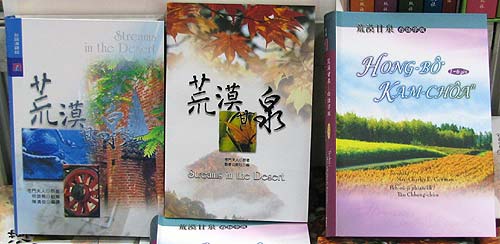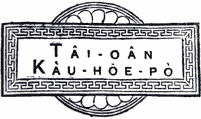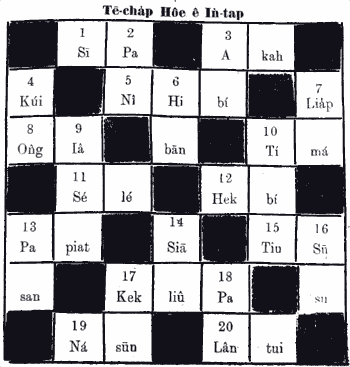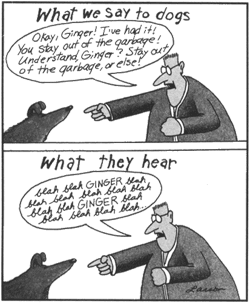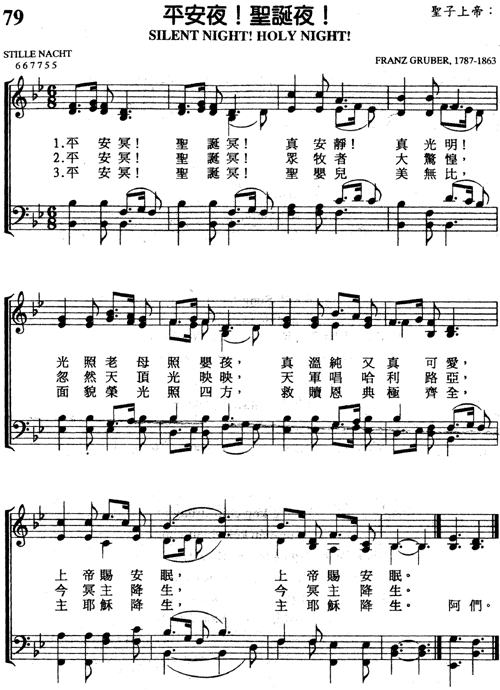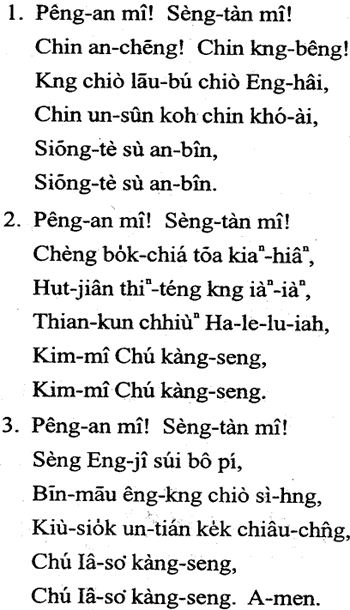The Ministry of Education sponsored a gathering on Saturday to conduct preliminary discussions on how to write Taiwanese. The hope is that a decision can be reached soon on an orthography.
I would hope that by now there’s sufficient worry about the future of Taiwanese that scholars will stop arguing among themselves about which system to use. Maybe soon they’ll finally come together. But I suspect that instead they’re going to continue to bicker as the clock runs out on Chen Shui-bian’s second term.
I haven’t seen any reports on how Saturday’s gathering went.
Jiàoyùbù jīntiān xiàwǔ zhàokāi “Mǐnnán yǔyán yīnbiāo” zuòtánhuì, yāoqǐng xiāngguān lǐngyù xuézhě zhuānjiā, Táiyǔ wén zuòjiā, mínjiān tuántǐ dàibiǎo yánshāng tǎolùn. Jiàoyù Bùzhǎng Dù Zhèng-shèng zhǐchū, jǐnguǎn huìyì méiyǒu gòngshí, tuīdòng tǒngyī de Mǐnnányǔ yīnbiāo xìtǒng hái zài tǎolùn jiēduàn, Jiàoyùbù jiāng zūnzhòng zhuānjiā yìjian, qīdài jǐnkuài gěi shèhuì yī ge dá’àn.
Dù Zhèng-shèng zhǐchū, zhìdìng tǒngyī de Mǐnnányǔ yīnbiāo xìtǒng, zàixué lǐ shàng yǒu kùnnan, ér gè bùtóng pàibié yěyǒu bùtóng jiānchí, Jiàoyùbù qīdài xuézhě néng chōngfèn gōutōng, tǎolùn chū gòngshí, Jiàoyùbù yě huì zūnzhòng zhuānyè, jiànlì yī tào shìhé shèhuì xūyào de Mǐnnányǔ yīnbiāo xìtǒng.
Jiàoyùbù Guóyǔ tuīxíng wěiyuánhuì zhǐchū, mùqián shǐyònglǜ bǐjiào gāo de Mǐnnányǔ pīnyīn xìtǒng bāokuò jiàohuì luómǎzì pīnyīn, Táiwān Mǐnnányǔ pīnyīn xìtǒng yǔ Tōngyòng Pīnyīn, lìngwài hái yǒu TLPA Mǐnnányǔ jí gǎiliáng shì TLAP děng xìtǒng, yóuyú quēfá tǒngyī de zhěnghé bǎnběn, shǐ xuéxiào tuīxíng xiāngtǔ yǔyán kèchéng shí, yě zāoyù bùzhī shǐyòng hézhǒng bǎnběn de kùnnan.
Jiàoyùbù Guóyǔ Huì biǎoshì, jīntiān de huìyì zhǐshì zhèngshì huìyì de “huì qián huì,” mùdì shì zài gè pài xuézhě zhuānjiā jiāoliú yìjian, chōngfèn gōutōng, qīdài wèilái tòuguò hézuò jiāoliú, zhěnghé chū yī tào fúhé mínzhòng qīdài yǔ xūqiú de pīnyīn xìtǒng.
source: Mǐnnányǔ yīnbiāo xìtǒng Dù Zhèng-shèng: zūnzhòng zhuānjiā yìjian (閩南語音標系統 杜正勝:尊重專家意見), CNA, March 18, 2006



